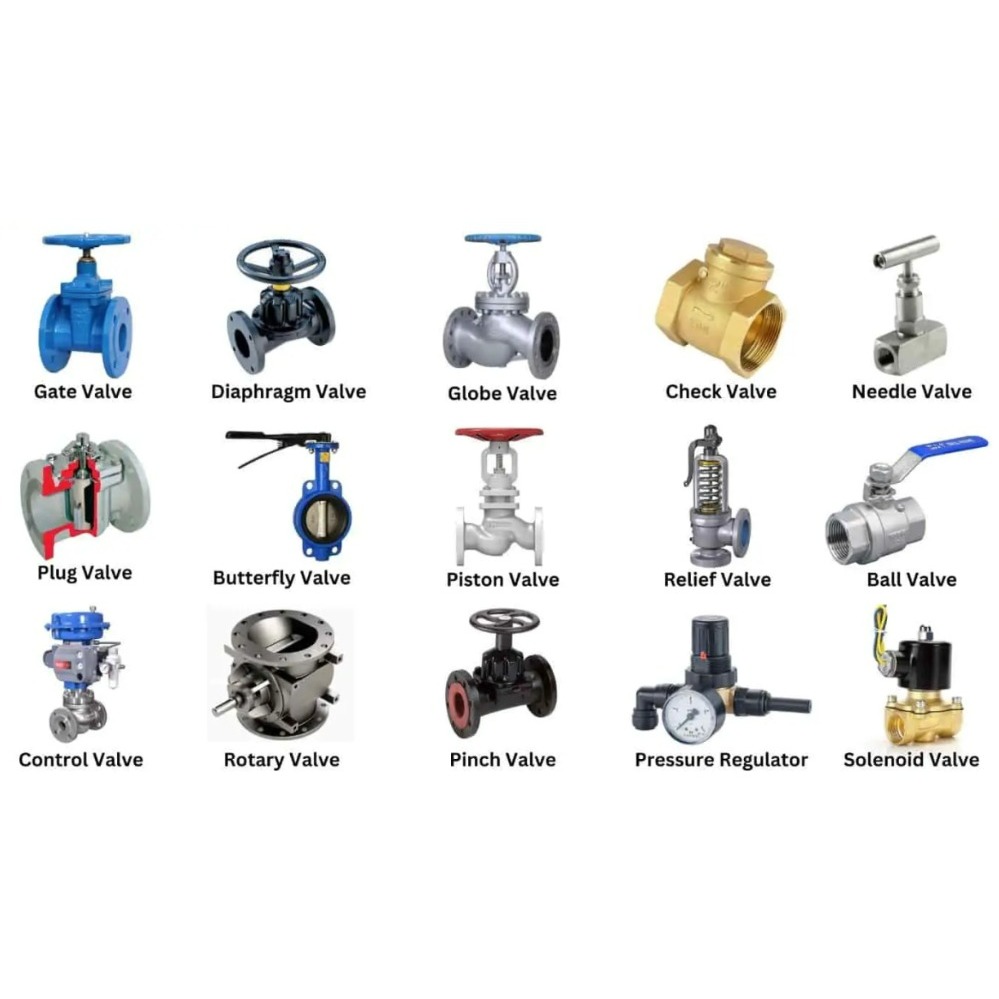Butterfly Valve Dealer A butterfly valve is a type of valve used to regulate or isolate fluid flow within a pipeline. It is named for its distinctive disc-shaped closure element, which resembles a butterfly's wings. Butterfly valves are valued for their compact design, ease of operation, and suitability for a wide range of applications, from water distribution to industrial processes. The primary components of a butterfly valve include the valve body, a disc or blade, a stem, and an actuator. The valve body is typically circular, housing the disc and seat. The disc is mounted on a stem and rotates within the valve body to control flow. When the valve is open, the disc is aligned with the flow path, allowing fluid to pass through with minimal resistance. When the valve is closed, the disc turns perpendicular to the flow, creating a tight seal against the seat to block the flow completely. Butterfly valves are known for their advantages in various applications. They are generally lighter and more compact than other types of valves, such as gate or globe valves, making them ideal for situations where space is limited. Their quick operation is facilitated by a 90-degree turn of the actuator, which can be manual (handwheel) or automated (electric, pneumatic, or hydraulic). This rapid response is beneficial for applications requiring frequent operation or emergency shutdowns. One of the main benefits of butterfly valves is their ability to handle large volumes of flow with a relatively low pressure drop. They are suitable for both on/off and throttling applications, though they are more commonly used for isolation rather than precise flow control. Additionally, their design allows them to be used in a variety of fluids, including water, chemicals, and gases. However, butterfly valves may not be suitable for high-pressure applications or fluids with high viscosity, as their design can result in significant pressure drop and potential leakage. Regular maintenance, including inspection of the disc, seat, and actuator, is essential to ensure reliable performance and extend the valve's service life.
Chat with us on WhatsApp
×
This is your website preview.
Currently it only shows your basic business info. Start adding relevant business details such as description, images and products or services to gain your customers attention by using Boost 360 android app / iOS App / web portal.

2024-09-07T04:30:15
Butterfly Valve Dealer A butterfly valve is a type of valve used to regulate or isolate fluid flow within a pipeline. It is named for its distinctive disc-shaped closure element, which resembles a butterfly's wings. Butterfly valves are valued for their compact design, ease of operation, and suitability for a wide range of applications, from water distribution to industrial processes. The primary components of a butterfly valve include the valve body, a disc or blade, a stem, and an actuator. The valve body is typically circular, housing the disc and seat. The disc is mounted on a stem and rotates within the valve body to control flow. When the valve is open, the disc is aligned with the flow path, allowing fluid to pass through with minimal resistance. When the valve is closed, the disc turns perpendicular to the flow, creating a tight seal against the seat to block the flow completely. Butterfly valves are known for their advantages in various applications. They are generally lighter and more compact than other types of valves, such as gate or globe valves, making them ideal for situations where space is limited. Their quick operation is facilitated by a 90-degree turn of the actuator, which can be manual (handwheel) or automated (electric, pneumatic, or hydraulic). This rapid response is beneficial for applications requiring frequent operation or emergency shutdowns. One of the main benefits of butterfly valves is their ability to handle large volumes of flow with a relatively low pressure drop. They are suitable for both on/off and throttling applications, though they are more commonly used for isolation rather than precise flow control. Additionally, their design allows them to be used in a variety of fluids, including water, chemicals, and gases. However, butterfly valves may not be suitable for high-pressure applications or fluids with high viscosity, as their design can result in significant pressure drop and potential leakage. Regular maintenance, including inspection of the disc, seat, and actuator, is essential to ensure reliable performance and extend the valve's service life.
2024-09-07T04:30:15
Keywords
- flow path
- fluid flow
- valve body
- tight seal
- wide range
- other types
- globe valves
- service life
- large volumes
- main benefits
- compact design
- high viscosity
- rapid response
- 90-degree turn
- quick operation
- Butterfly valves
- potential leakage
- low pressure drop
- water distribution
- frequent operation
- minimal resistance
- primary components
- Regular maintenance
- emergency shutdowns
- various applications
- reliable performance
- industrial processes
- precise flow control
- Butterfly Valve Dealer
- throttling applications
- significant pressure drop
- high-pressure applications
- distinctive disc-shaped closure element

Submit Your Enquiry